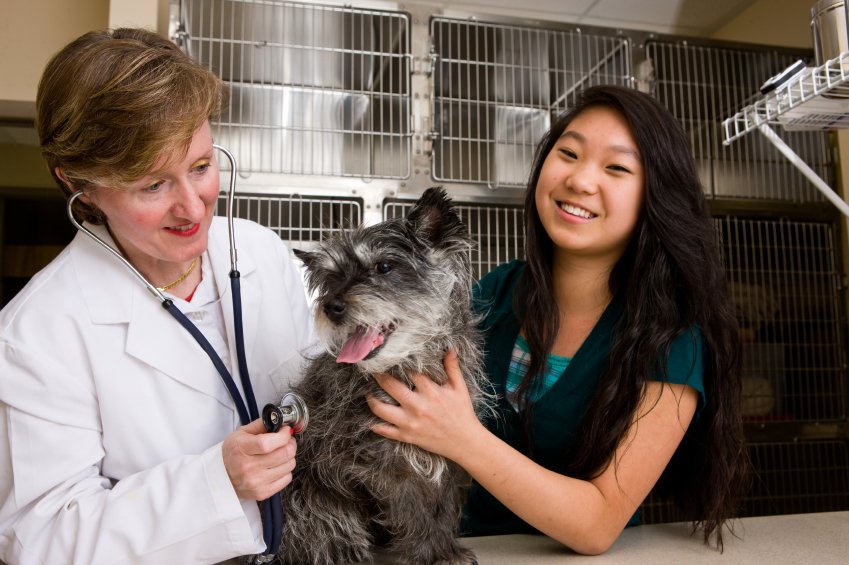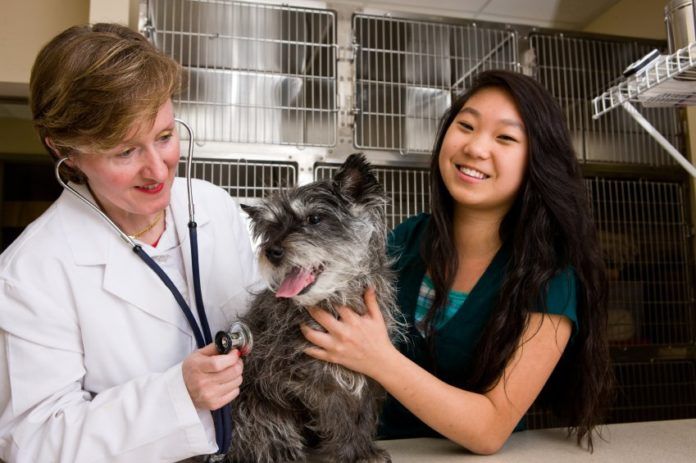Heated towels scented with soothing aromas. Calming music piped in through speakers. Tender handling. Carefully kept records of likes and dislikes, the way a bartender might remember a patron’s favorite drink.
No, it’s not a spa. It’s the new trend in veterinary offices. Children’s hospitals now have huge aquariums in the lobby, walls covered with colorful murals, soft chairs, and televisions with all the best and latest DVDs for kids, making those facilities a lot less scary for little ones. But the vet’s office, for the most part, still isn’t terribly pet friendly.
Istock

That’s starting to change. Veterinarians are now putting injectable medicines like vaccines into syringes before the dog comes into the exam room and also hiding the syringe in a towel. They’re starting to cover the slippery, metal exam table with warm terry cloth that has been freshly scented with soothing pheromones in addition to having their lab coats sprayed with pleasing scents.
The changes are coming not a moment too soon. Almost 40 percent of dog owners report that their pet hates to go the vet’s office, according to a Bayer Veterinary Healthcare Usage Study. And that, more than the weak economy, is believed to be keeping a lot of owners from taking their dogs for checkups in a timely manner and waiting instead until something is terribly wrong, when an illness may have had a chance to get out of control.
Enough dogs are unhappy about visiting the veterinary clinic to the point that they have white coat hypertension — elevated blood pressure in the doctor’s office as a response to the anxiety they feel about being there. You can read about it on page 3 of this issue.
In the meantime, at a recent conference on dog behavior at Tufts Cummings School of Veterinary Medicine, television vet and popular book author Marty Becker, DVM, announced a new initiative for fear-free vet visits. Before the end of the year, offices in compliance with a list of rules for keeping their clinics pet-friendly will be eligible for fear-free certification. The rules are expected to involve letting dogs wait in the car rather than the anxiety-filled waiting room; stopping the exam in the middle if the dog is simply too nervous and comforting the pet until he is calm enough to continue; perhaps prescribing sedatives that owners can give their dogs before leaving the house; and so on.
As Dr. Becker puts it, veterinary care should be not just “state of the art” but also “state of the heart.” We couldn’t agree more — and will keep you posted as to when certification for fear-free veterinary clinics becomes available.
Happy tails to you,
Lawrence Lindner
Executive Editor





